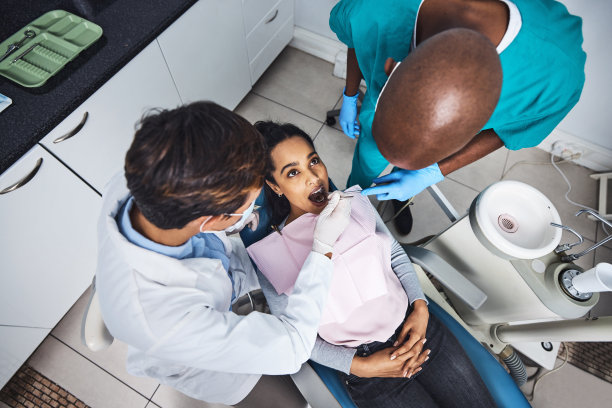Navigating the Experience and Aftercare of Extracting a Tooth for Optimal Oral Health Recovery and Comfort
Summary: Tooth extraction often serves as a necessary yet daunting procedure for many individuals. This article delves into the multiple aspects involved in navigating the experience of tooth extraction and emphasizes the importance of proper aftercare for optimal oral health recovery and comfort. We will explore the emotional and physical preparations needed before the procedure, guidelines for post-operative care, dietary recommendations, and potential complications to monitor. By addressing these key areas, individuals can enhance their recovery experience and ensure a smoother transition back to optimal oral health.
1. Preparing Emotionally and Physically for Extraction

Before undergoing a tooth extraction, it’s important to prepare both emotionally and physically. Many individuals may feel anxious or fearful about the procedure. Understanding the process helps to alleviate these feelings. A discussion with the dentist about what to expect can provide clarity and reassurance. The more informed you are, the better you can manage anxiety.
Physical preparation also plays a crucial role in the experience of tooth extraction. On the day of the extraction, it’s advisable to arrange for someone to accompany you. This support system not only offers comfort but is essential if sedation is used. Additionally, ensuring you are well-rested and hydrated can positively influence the procedure outcome.
Finally, discussing any allergies, medications, or health conditions with your dentist prior to the extraction is vital. This information helps the dental professional to tailor the procedure to your specific needs and mitigate any risks during the extraction process.
2. Following Post-Extraction Care Guidelines
After the extraction is completed, following post-operative care guidelines is essential for a smooth recovery. First and foremost, biting down on a gauze pad for about 30-45 minutes is crucial. This action helps to form a blood clot and minimizes bleeding. If bleeding persists, replacing the gauze is advisable, but excessive bleeding warrants immediate dental consultation.
Resting is critical for the first 24 hours following extraction. Strenuous activities should be avoided to prevent complications, such as dislodging the clot. Elevating your head while resting can also help reduce swelling, a common post-extraction symptom.
Cold compresses applied to the outside of the cheek can significantly alleviate swelling and discomfort. Alternating between five minutes of cold application and ten minutes of rest can yield beneficial results in pain management.
3. Dietary Adjustments for Recovery
Diet plays a significant role in recovery following tooth extraction. Initially, sticking to a soft food diet is essential to minimize irritation to the extraction site. Foods such as yogurt, applesauce, and mashed potatoes are excellent choices that provide necessary nutrition without causing discomfort.
During the first few days, it’s best to avoid hot, spicy, and crunchy foods as these can aggravate the extraction site. Additionally, using straws should be avoided, as the suction can dislodge the blood clot, leading to a painful condition known as dry socket.
As healing progresses, individuals may gradually reintroduce solid foods. However, it’s essential to remain cautious and listen to your body, making adjustments based on your comfort level. Staying hydrated and maintaining a balanced diet will further support the healing process.
4. Monitoring for Complications During Healing
Although most extractions heal without issues, it’s crucial to monitor for potential complications during the recovery process. One common concern is dry socket, which can occur if the blood clot is dislodged. Symptoms include severe pain and an unpleasant odor. If such symptoms arise, contacting your dentist is imperative to receive appropriate treatment.
Infection is another risk factor post-extraction. Signs of infection include increased swelling, fever, and discolored discharge from the extraction site. These symptoms should be reported to your dentist promptly to prevent further complications.
Lastly, if pain persists or worsens after a few days, this should not be ignored. Continuous discomfort could signal other underlying issues. A follow-up appointment may be necessary to ensure an uneventful recovery and that everything is on track.
Summary:
In conclusion, navigating the experience of tooth extraction requires comprehensive preparation, adherence to follow-up care guidelines, careful dietary adjustments, and diligent monitoring for complications. By understanding these facets, individuals can ensure optimal oral health recovery and comfort during the healing process. Proper care and attention will promote a swift and successful recovery from tooth extraction.
This article is compiled by Vickong Dental and the content is for reference only.


